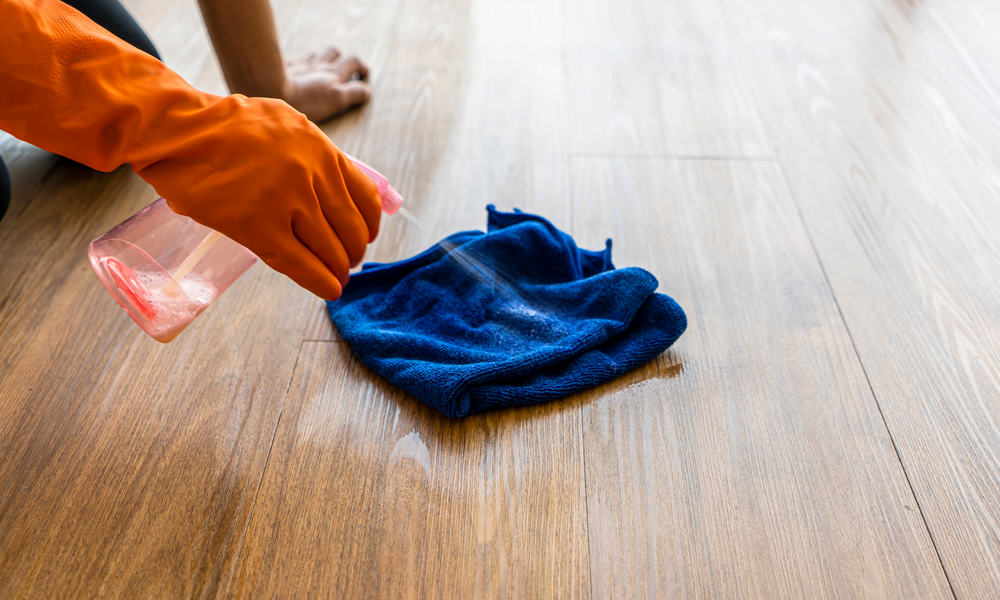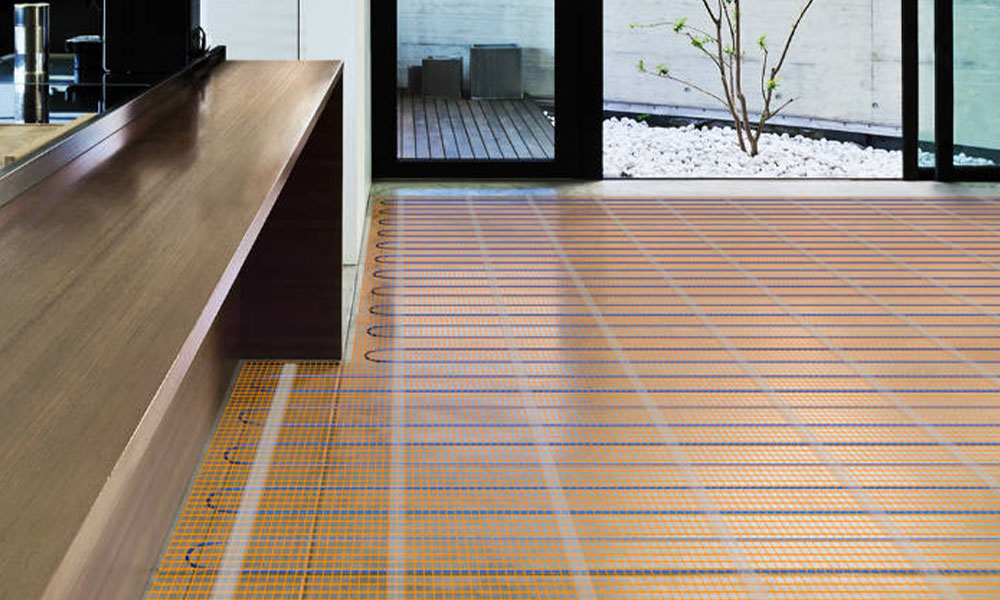Throughout history, flooring has played a significant role in interior design. From ancient times to modern-day, flooring trends have evolved, reflecting the changes in style, technology, and lifestyle. In this article, we take a journey through time and explore the evolution of flooring trends.
Ancient Times
In ancient times, people used natural materials to create flooring. Stone, clay, and wood were common choices. In Egypt, for example, stone floors were used in temples and palaces, while in Greece, marble floors were a symbol of wealth and power.
The Middle Ages
During the Middle Ages, flooring became more decorative. Wooden floors were embellished with intricate designs, and tiles were used to create colorful patterns. In castles and palaces, carpets were introduced, adding comfort and warmth to large, drafty rooms.
The Renaissance
The Renaissance period saw a return to classical styles, with marble and stone floors becoming popular once again. However, this time, the emphasis was on creating intricate patterns and designs using different colored stones. Parquet flooring also emerged during this period, with elaborate geometric patterns becoming a hallmark of Renaissance style.
The Industrial Revolution
The Industrial Revolution brought about significant changes in flooring trends. With new technologies and materials, flooring became more affordable and accessible to the masses. Linoleum, invented in the mid-19th century, became a popular choice for kitchen and bathroom floors due to its durability and ease of maintenance.
The Modern Era
In the early 20th century, modernism emerged as a dominant style, characterized by simplicity, minimalism, and functionality. This influenced flooring trends, with plain, unadorned floors becoming popular. Concrete, terrazzo, and vinyl flooring were widely used, reflecting the industrial and technological advancements of the time.
Trends Today
Today, flooring trends are diverse and cater to a wide range of tastes and preferences. Hardwood flooring is a popular choice for its natural beauty and durability, while laminate and engineered flooring provide a cost-effective alternative. Eco-friendly materials, such as bamboo and cork, have also gained popularity, reflecting the growing concern for sustainability and environmental responsibility.
- Hardwood flooring for natural beauty and durability
- Laminate and engineered flooring for a cost-effective alternative
- Eco-friendly materials such as bamboo and cork
The evolution of flooring trends reflects the changes in style, technology, and lifestyle throughout history. From natural materials to industrial processes, from intricate designs to minimalism, flooring has played a significant role in interior design. Today, flooring trends continue to evolve, reflecting the diverse and ever-changing tastes of homeowners and designers.




